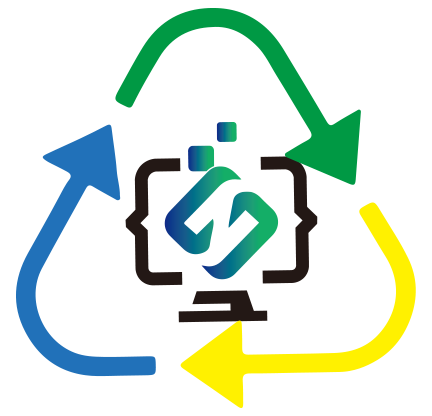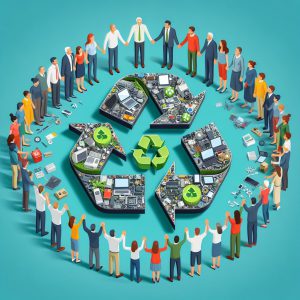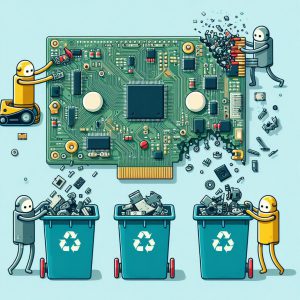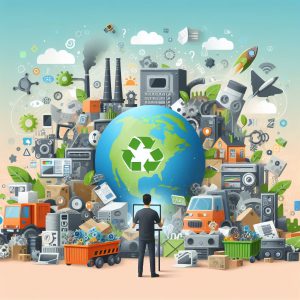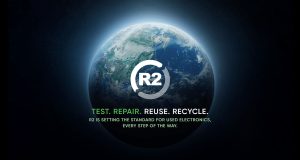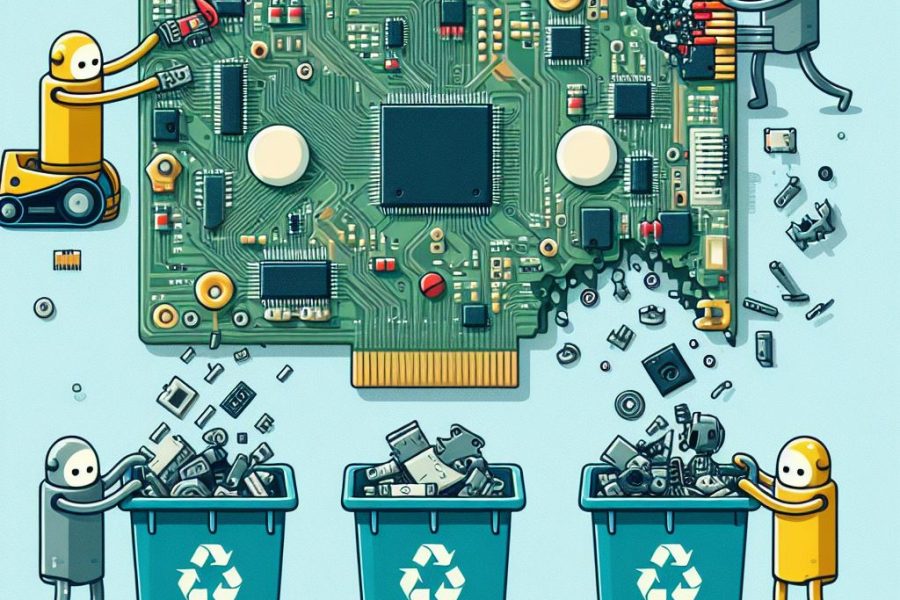Zs Recycling And R2v3 Leading The Charge
In an era defined by technological innovation and rapid advancement, the disposal of electronic waste, particularly printed circuit boards (PCBs), has emerged as a pressing environmental concern. However, amidst this challenge, a promising solution has emerged through the collaborative efforts of industry leaders such as Zs Recycling and the R2v3 standard, revolutionizing PCB recycling practices.
The Growing Need For Sustainable PCB Recycling
With the proliferation of electronic devices worldwide, the volume of electronic waste continues to escalate. PCBs, in particular, pose a significant challenge due to their complex composition and the presence of valuable metals like gold, silver, and copper. Traditional methods of disposal, such as landfilling or incineration, not only contribute to environmental degradation but also result in the loss of valuable resources
Enter Zs Recycling: Innovating The Recycling Landscape
Zs Recycling, a trailblazer in the field of electronic waste management, has spearheaded efforts to develop sustainable solutions for PCB recycling. Their commitment to innovation and environmental stewardship has led to the implementation of cutting-edge technologies and processes aimed at maximizing resource recovery while minimizing environmental impact.
The Role Of R2v3 In Ensuring Responsible Recycling Practices
Central to Zs Recycling’s approach is adherence to the Responsible Recycling (R2) standard, version 3 (R2v3). Developed by industry experts and stakeholders, R2v3 sets forth a comprehensive framework for responsible electronic waste recycling, encompassing environmental, health, safety, and security considerations.
The PCB Recycling Process: A Comprehensive Overview
Zs Recycling’s PCB recycling process exemplifies the integration of advanced technologies and sustainable practices:
- Collection and Sorting: PCBs are collected from electronic waste streams and sorted based on their type and material composition.
- Dismantling and De-soldering: PCBs undergo meticulous dismantling to separate components, followed by de-soldering to extract valuable metals and electronic parts.
- Shredding and Chemical Treatment: The shredded PCBs are subjected to chemical treatments to facilitate the separation of materials, including metals, plastics, and fiberglass.
- Metal Recovery and Plastic Recycling: Precious metals recovered from the PCBs are refined and reused, while plastic components are melted down for recycling into new products.
Environmental Considerations And Sustainability
Throughout the recycling process, Zs Recycling prioritizes environmental sustainability and compliance with regulatory standards. Stringent measures are implemented to mitigate the release of hazardous substances and ensure responsible disposal of waste materials.
Advancing Towards A Circular Economy
By leveraging innovative technologies and adhering to the principles of responsible recycling, Zs Recycling and the R2v3 standard are driving progress towards a circular economy. Through the recovery and reuse of valuable resources, they are not only reducing the environmental footprint of electronic waste but also creating economic opportunities and promoting sustainable development.
A Sustainable Future For PCB Recycling
As the demand for electronic devices continues to rise, the importance of sustainable PCB recycling cannot be overstated. With Zs Recycling leading the way and the R2v3 standard guiding best practices, the future of PCB recycling is promising. By embracing innovation, collaboration, and environmental responsibility, we can pave the way towards a more sustainable future for generations to come.
